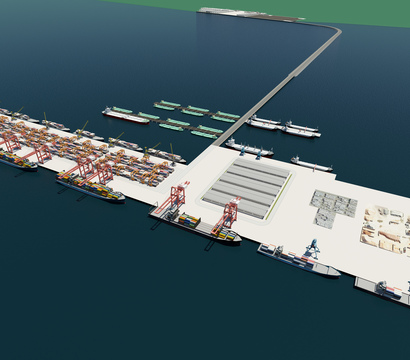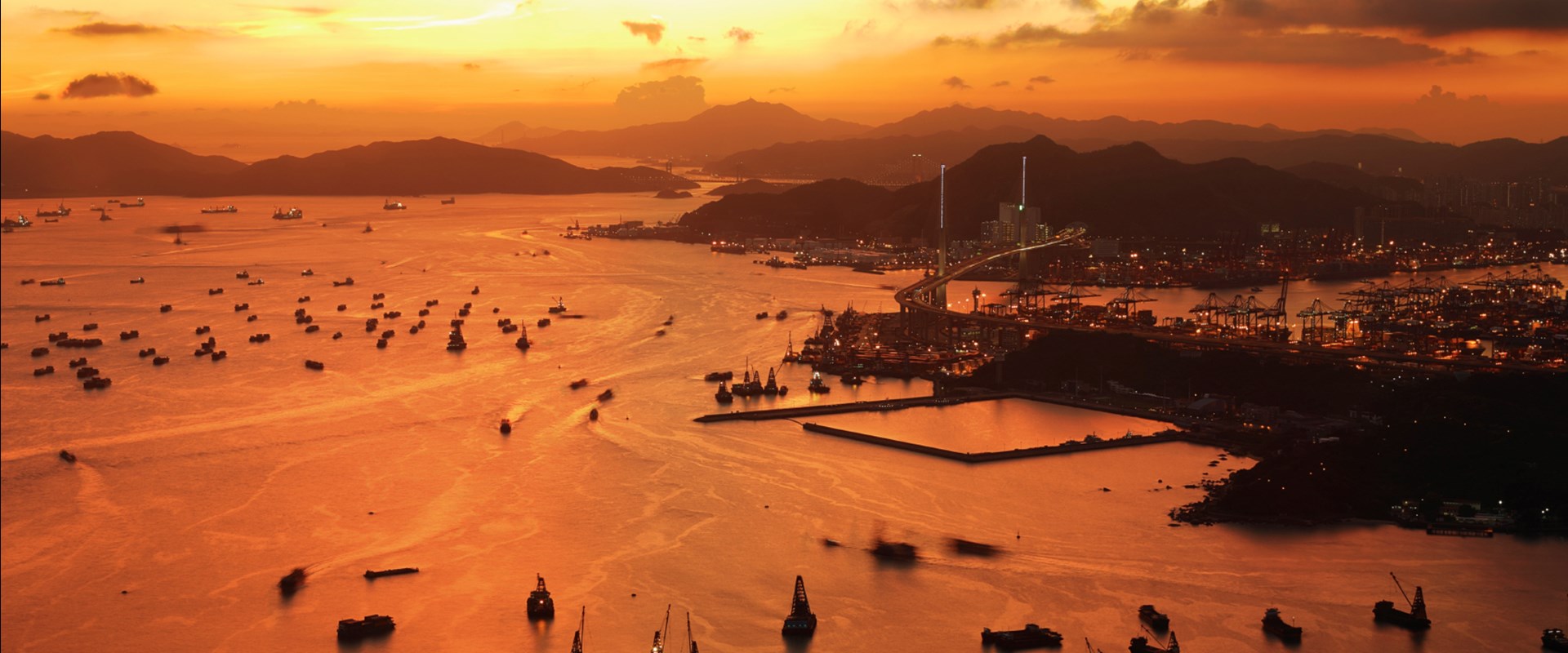
Integrated coastal planning advisory
By providing investment and planning support throughout the initial stages of infrastructure development, we help you build future growth on solid foundations.
We work with developers, operators, investors, contractors, and regulators to realise every incremental gain and unlock opportunities. We help you optimise outcomes while mitigating risks, using established methodologies and leading technologies to reduce cost and time and increase safety.
Our holistic approach combines valuable engineering experience with sustainable environmental management and economic practicality to deliver high-value solutions. From conception to commissioning, we have a full range of services that we provide in a way that helps developers stay on time and budget.

Well-planned critical infrastructure is essential to economic growth.
We assess the current situation and analyse macro-economic drivers, traffic demand forecasts and competitor intelligence to create a sound basis to identify investment options and provide recommendations for future strategic direction.
Our experience includes:
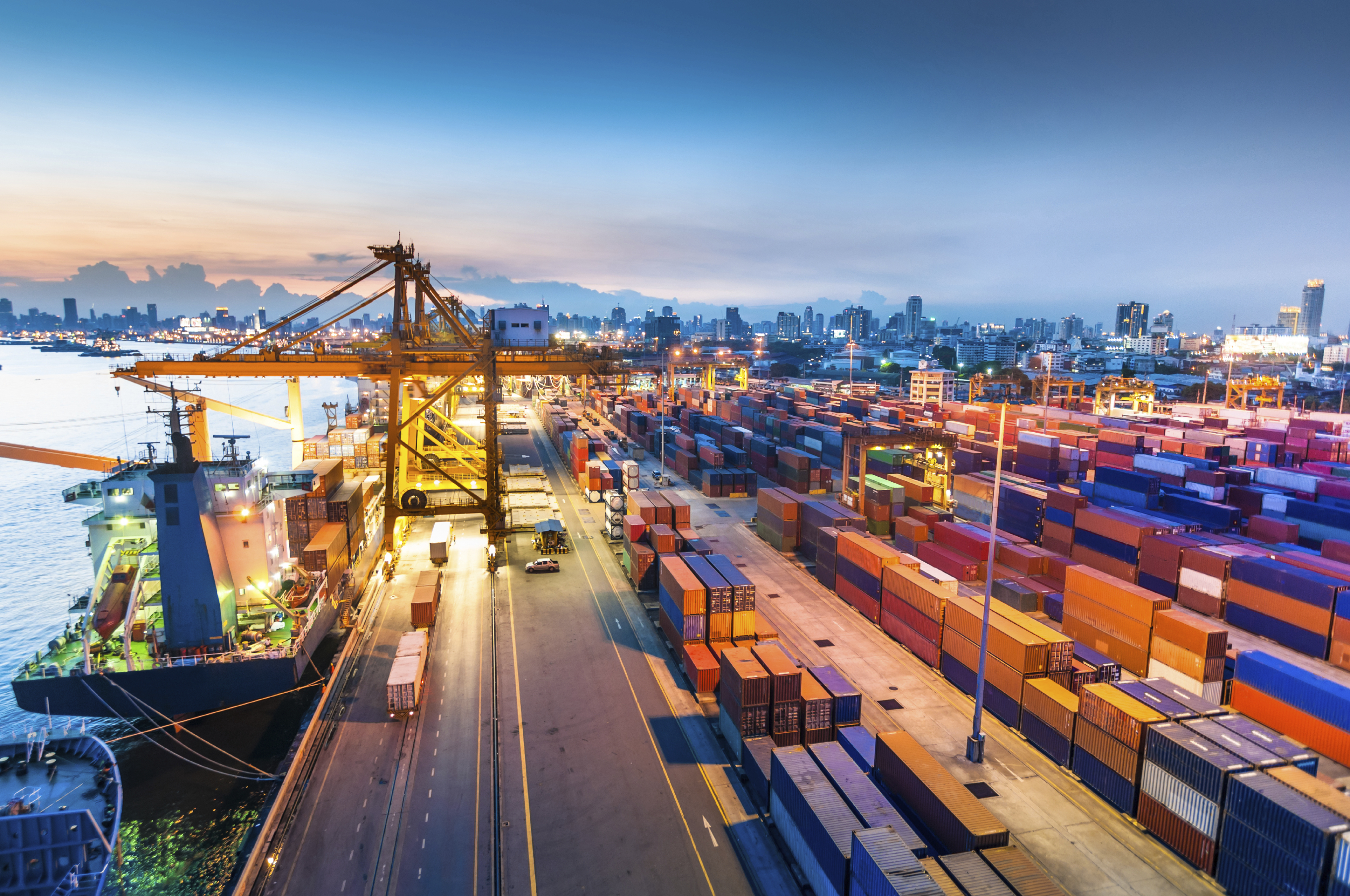
A market analysis is often the first place to understand the key demand drivers and the potential for assessing the business. Essential factors include the overall market size and growth trend, historical growth trends, short-term and long-term impacts of external events, supply chains and market pricing trends.
The competitive environment shapes how the business will respond to opportunities and threats whilst considering its strengths and weaknesses. Understanding the competitive advantages of others allows companies to know what they are doing right. Understanding where competitors are falling short will enable businesses to leverage opportunities in the marketplace and differentiate offerings.
Our market review and competitive analyses are based on complex data, previous project experience and interviews with our unique links to industry leaders and authorities to allow businesses to develop a comprehensive view of the opportunities available. Our ability to understand technical and commercial aspects set us apart from generalist management consultants.
We leverage our economic, strategy and technical engineering capabilities to support you during the sale or purchase of assets in the ports & terminals, shipping, transport, and related infrastructure sectors.
Suppose you are considering the disposal of assets or additions to your portfolio. In that case, we employ traditional asset valuation techniques such as historical transactions, dividend discount models, dividend yield models, Internal Rate of Return (IRR) based valuation models, discounted cash flow (DFC) models and terminal value (TV). Of course, the valuation is the result.
So the value that we provide begins with developing a thorough analysis that covers:
The study’s outcome is a clear understanding of how much a potential investor should be willing to pay (the project’s value), enabling decision-makers to comprehend how much the facility is worth and hence helping to opt for the most favourable strategy.
When acting for the buy-side of a deal and the commercial analysis and due diligence performed, technical due diligence is critical in the decision-making process. A thorough examination of the physical, chemical, and biological processes, asset management, supply chain and operations capability help to identify potential investment risks.
In addition to commercial and technical due diligence, we advise on Public-Private Partnerships (PPP), business model viability, assessment of potential equity partners, and implications of sustainable investment considerations when acting on the sell-side of a deal. We promote the opportunity through marketing and preparation of investment memorandums (IMs).
Successful master planning is based on a detailed analysis of current and future drivers that will allow developers to maximise commercial growth whilst considering the local economy, social, environment and geographic context. Economics, positioning, development strategies, throughput forecasting and capacity planning, socio-economic, engineering, marine, navigation and environmental studies all develop a master plan.
A market review is carried out to understand the changing economic and industrial development needs and establish the demand. We then develop a Strength, Weaknesses, Opportunities and Threats (SWOT) analysis to understand the positioning and development strategies that should be considered. The value proposition of the proposed development then naturally begins to form from the understanding of the competitive landscape and positioning.
Various techniques are assessed, including a technology strategy (facilities and equipment), a commercial strategy (pricing and incentive strategy) and a business strategy (strategic alliances and partnership), with each providing different levels of risk and return.
The initial concept for the Masterplan then begins to take shape and based on this initial basis, forecasting and capacity planning is carried out to combine historical throughput demand, forecast demand and estimates around potential market share that will be captured.
We then create a conceptual layout to assist with technical engineering requirements. Several configurations are typically developed and assessed against a multi-criteria screening and ranking process, considering costs, productivity, and technical feasibility. These developments can often create considerable benefits to society, so a socio-economic study then quantifies the proposed project’s direct, indirect, and induced economic impacts.

Finally, whether there is a marine component to the development, maritime and ship handling studies, hydraulic assessments, and various environmental studies can be carried out to respect limitations and regulatory requirements.
We help identify the primary constraints and necessary measures for safe & efficient marine infrastructure development. We adopt a structured approach following the IMO's Formal Safety Assessment methodology:
MTIA studies have supported the planning and design of airport expansion and reclamation, submarine tunnels, bridge connections between islands, ports & terminals, and offshore wind farms.
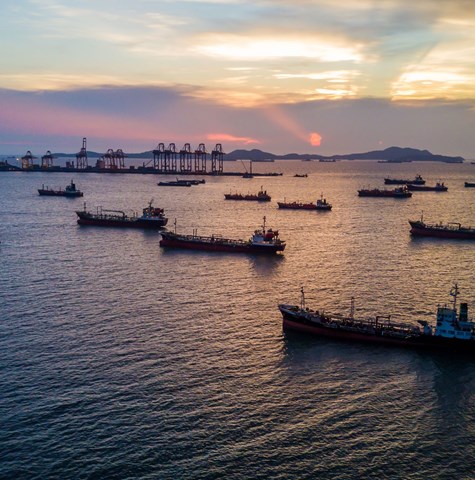
We deliver feasible marine traffic schemes, facilitating a safe marine working environment for site construction activity and efficient supply vessel transit to help you achieve buy-in from all stakeholders and satisfy government requirements.
Supported by sophisticated 3D mapping & modelling, our TMTM services assist:

We provide adequate service to clients in the development of critical transport infrastructure, required to link commuter routes and waterfront facilities in the most attractive, efficient and cost-effective manner and deliver:
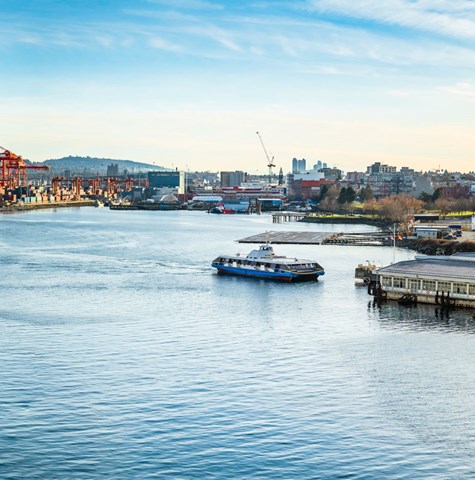
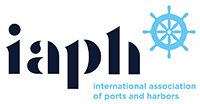
IAPH is a non-governmental organization (NGO) aiming to be the global trade association of choice for port authorities and operators, representing their interests at a regulatory level at the International Maritime Organization, the World Customs Organization, the International Standards Organization and other global alliances such as the Global Maritime Forum and the World Economic Forum.
